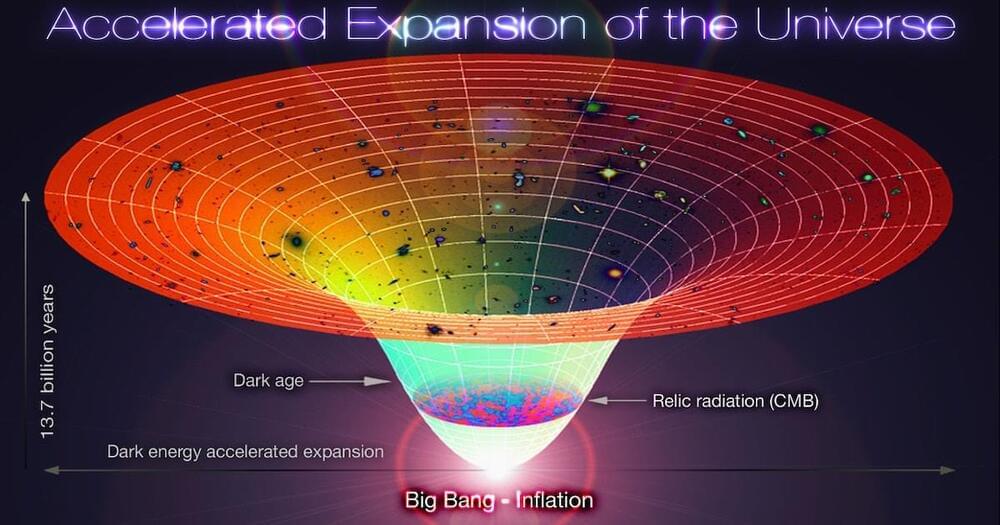This video will address the hypothesis that advances in artificial intelligence (AI) and neurotechnology could trigger a technological singularity. The singularity could involve the development of artificial intelligence (AI) that is superior to human intelligence, effectively blurring or perhaps removing the distinction between humans and machines.
There is no agreement on when artificial superintelligence will be achieved. Still, one thing is sure: we need to think about our collective goals before the alarming trend of technological singularity makes them irrelevant. Whether powered by AI or some other technical method, the singularity will result in a technological tsunami that will pose unprecedented challenges to human civilization and the physical world on all scales.
Subscribe for the latest news on technology, innovation, megaprojects, robots, military technology, aviation, Elon Musk, Tesla, and SpaceX. Inspired by Tech Vision, Simply Tech, Tech Division, Destiny, Ridddle, Future Unity, Tech Space, Pro Robots, Futurity, Elon Musk Evolution, Motech, Top Luxury, Military News & Daily Aviation.
Inspired by Technological Singularity: Will A.I. Take Over?
Inspired by TIMELAPSE OF ARTIFICIAL INTELLIGENCE (2028 – 3000+)
Inspired by What happens after the singularity — AI?




